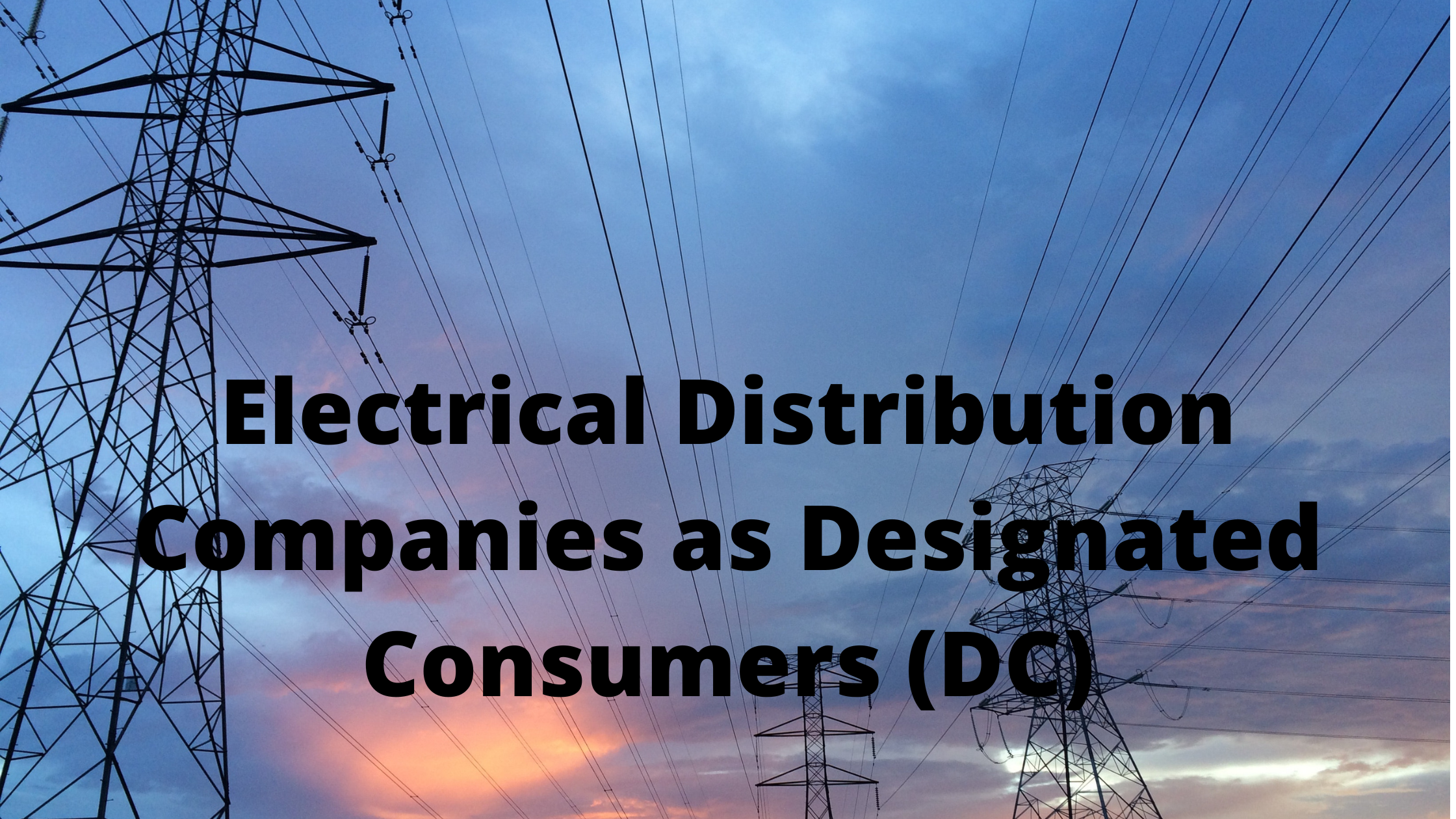- New Programme Launch: A Green Credit programme is being introduced nationwide to reward environmental actions using a market-based system.
- Support for LiFE Movement: The programme supports the ‘LiFE’ (Lifestyle for Environment) initiative, which promotes eco-friendly living and conservation.
- Separate from Carbon Credits: The Green Credit programme is distinct from the carbon credit system. Green credits might also qualify for carbon credits under a separate scheme.
- Public Feedback Considered: A draft of the Green Credit rules was published for public comment in June 2023. Feedback has been reviewed before finalizing the rules.
- Effective Date: The rules will come into effect on the date they are published in the Official Gazette.(12 OCT-2023)
- Purpose of Green Credit: The programme aims to incentivize environmental actions by allowing green credits to be traded on a domestic market.
- Generation of Green Credit: Credits will be earned through specific environmental actions and can be traded or used to meet legal obligations.
- Non-Tradable Credits: Credits used to fulfill legal requirements are not tradable.
- Definitions: Key terms include:
- Green Credit: A unit of incentive for a positive environmental impact.
- Administrator: The body responsible for managing the programme.
- Designated Agency: An entity responsible for verifying activities.
- Registry: A database for tracking green credits.
- Eligible Activities: Activities for earning green credits include tree planting, water management, sustainable agriculture, waste management, air pollution reduction, and mangrove conservation.
- Registration Process: To earn green credits, activities must be registered with the Administrator via an online application.
- Verification: After registration, activities are verified by a designated agency before credits are issued.
- Calculation Methodology: The calculation of green credits will follow methods set by the Central Government based on various environmental parameters.
- Administrator Responsibilities: The Administrator, the Indian Council of Forestry Research and Education, will manage the programme, including issuing credits and maintaining records.
- Steering Committee: A committee will monitor the programme’s implementation and make recommendations.
- Technical Committees: These will assist in developing methodologies and recommendations for calculating and verifying green credits.
- Green Credit Registry: An electronic database will track and manage the registration and issuance of green credits.
- Trading Platform: A trading platform will be established for buying and selling green credits.
- Knowledge and Data Platform: This platform will provide transparency and track progress in green credit activities.
- Audit and Oversight: Activities of the Administrator, designated agencies, and other entities will be audited regularly, with reports submitted to the Central Government.
Indian Carbon market notification
The Ministry of Power has issued a notification specifying the Carbon Credit Trading Scheme, 2023, under the Energy Conservation Act, 2001. The scheme aims to reduce greenhouse gas emissions in the Indian economy by pricing carbon credits. Key points from the notification include:
- Definitions: The notification provides definitions for terms such as carbon credit, carbon credit certificate, carbon credit trading scheme, greenhouse gases, and more.
- National Steering Committee: A committee called the National Steering Committee for Indian Carbon Market will be constituted to oversee the Indian carbon market’s governance and functioning. The committee will consist of various government officials, experts, and representatives from relevant ministries.
- Functions of the National Steering Committee: The committee will recommend procedures, rules, and guidelines for the Indian carbon market, formulate greenhouse gas emission targets, and monitor the market’s functions.
- Bureau as Administrator: The Bureau of Energy Efficiency will act as the administrator for the Indian carbon market. Its functions include identifying sectors for emissions reduction, issuing carbon credit certificates, developing market stability mechanisms, and accrediting verification agencies.
- Registry: The Grid Controller of India Limited will serve as the registry for the Indian carbon market. It will maintain a secure database, record transactions, and establish linkages with other registries.
- Commission as Regulator: The Central Electricity Regulatory Commission will regulate trading activities in the Indian carbon market, ensuring market oversight and preventing fraud.
- Compliance Mechanism: Obligated entities, determined by the Ministry of Power, will be required to achieve greenhouse gas emission intensity targets. They will receive carbon credit certificates for exceeding the targets and can purchase additional certificates from the Indian carbon market to meet shortfalls.
- Detailed Procedure: The National Steering Committee and other authorities will develop a detailed procedure for operationalizing the Indian carbon market, covering issuance, validity, pricing, submissions, monitoring, and verification of carbon credit certificates.
The notification grants the Bureau the power to issue directions and orders to registered entities for the effective implementation of the scheme.
Energy Audit of Steam Traps
The function of installing steam traps is to obtain fast heating of product and equipment by removal of condensate , air and non condensable gasses from the steam line , without discharging the steam.
The function of installing steam traps is to obtain fast heating of product and equipment by removal of condensate , air and non condensable gasses from the steam line , without discharging the steam.
Mechanical traps :- These are actuated by the level of condensate.These steam traps include ‘ ball and float types’ and inverted bucket type.
Thermostatic traps :- These are actuated by fluid dynamics.
Thermodynamic traps:- These are actuated by temperature of condensate.These steam traps rely partly on formation of flash steam from condensate.Eg- thermodynamic , disc , labyrinth, steam traps.These are most common steam traps in power plants.Other two types of steam traps are used where process heating and temperature is more important.
Thermodynamic
Inverted bucket
Ball and float
Thermostatic
Energy audit of steam traps:-
Instruments used in energy audit of steam traps:
- Mechanic stethoscopes , screwdrivers, metal rod etc.
- Pyrometers , thermal imagers etc.
Performance assessment of steam traps:
Performance assessment of steam traps gives the answer to the following points.
- Is the trap working correctly?
- If not then
- If failed in open condition:- loss of steam and condensate.
- If failed in closed condition:- Condensate carried and steam quality deteriorates.
- If making a rapid cycle (frequent opening closing) partial loss of steam and condensate.
- Is the trap selected right :Thermodynamic traps are used in steam line for maintaining main steam temperature and pressure and quick condensateremoval , other traps are used for process plants for process heating application where temperature of steam is more important.
Sight method:
Sight method is based on the visual observation of steam downstream the trap.This is possible if the drain line is open to atmosphere ( no condensate recovery).However one has to distinguish that the steam coming out is live steam or flash steam generated.If flash steam is coming out the steam trap is ok and if live steam is coming out the steam trap is faulty.Live steam will have high velocity steam and may not be easily visible as it exits the trap. Flash steam is low velocity steam.
Live steam
Flash steam
Sound method combined with temperature method
Practically thermodynamic steam traps can be identified by listening to the sound of the valve.They are either fully closed , fully open or opening closing rapidly (rapid cycle).if there is no sound observed in the mechanic stethoscopes trap is either fully open or fully closed .this is to be further cross examined with temperature .If temperature at outlet of trap is less than 100 deg then it is condensate and trap is ok.If temperature of steam is more than 100 deg it is live steam.The temperature at inlet to steam trap should be greater than 100 deg because it is live steam.Thermostatic and mechanical steam traps are to be identified more based on the temperature same in similar way .the temperature at inlet has to be more than 100 deg and temperature at outlet has to be less than 100 deg for the trap to be ok.
Energy Conservation Amendment Bill-Passed in Parliament
Energy consumption amendment bill parliament main august 2022 main pass ho gaya hai fossil fuel based energy consumption aur carbon emission kam karne ke liye.Ye bill central government ko empower karta hai energy consumption norms and standard specify karne ke liye aur designated consumers ko badhya karta hai energy consumption ka minimum share non fossil fuels ke dwara poora karne ko.
Ye act ek legal frame work provide karta hai carbon market ke liye ,jiske dwara emission reduction ko badhawa milta hai aur companies , jyada se jyada investment karte hain energy efficiency aur clean energy projects main.
Isko achieve karne ke liye in points ko propose kiya gaya hai-
1)Bade residential buildings ko energy conservation building code main laya gaya hai definite area ke terms main.State government ko empower kiya gaya hai minimum load thresholds ko reduce karne ke liye.
2)Carbon market aur carbon credit trading scheme ko implement kiya gaya.
3)Commercial consumers ko energy ke liye definite quantity main non fossil fuel use karna hai jaise green hydrogen , green ammonia , biomass ,ethanol , feedstock etc.
4)Bureau of energy efficiency ke governing council main members badhaye gaye hain.
5)Energy consumption standards vehicles aur vessels ke liye bhi banaya gaya hai.
6)State electricity regulatory commission ko empower kiya gaya hai apne functions lo smoothly carry karne ke liye.
Energy Conservation Amendment Bill 2022 -Proposed Key Changes in Principal Act

Energy Consumption Amendment Bill was introduced in parliament on dated 29th July, 2022 to further amend the Energy Conservation Act, 2001
1. The Energy Conservation Act, 2001 was enacted to for efficient use of energy and its conservation.Under this Act Bureau of energy efficiency was established and this act provides certain powers to the Central Government, the State Government and the Bureau of Energy Efficiency to enforce measures for efficient use of energy and its conservation.
2. The Energy Conservation Act, 2001 was amended in the year 2010 to address various new factors which emerged with the development of the energy market .
3. With the passage of time,for promotion of new and renewable energy and National Green Hydrogen Mission, this act was to be further amended to
(i) facilitate the achievement of “Panchamrit”— as five nectar elements presented by India in COP-26 (Conference of Parties -26) in Glasgow 2021;
(ii) promote renewable energy and development of domestic Carbon market ;
(iii) introduce new concepts such as Carbon trading and mandate use of non-fossil sources for faster decarbonization and help in achieving sustainable development goals in line with the Paris Agreement .
4. It was felt necessary to have legal provisions to prescribe minimum consumption of non-fossil energy sources as energy or feed stock by the designated consumers.Similarly,it was necessary to provide legal framework for a carbon market to facilitate incentivizing actions for emission reduction and for increased investments in clean energy and energy efficiency areas, by the private sectors.
5. Key points of The Energy Conservation (Amendment) Bill, 2022,are—
(a) mandate use of non-fossil sources, including Green Hydrogen, Green Ammonia, Biomass and Ethanol for energy and feed stock;
(b) establish Carbon Markets;
(c) bring large residential buildings within the fold of Energy Conservation;
(d) enhance the scope of Energy Conservation Building Code;
(e) amend penalty provisions;
(f) increase members of Bureau of Energy Efficiency;
(g) empower the State Electricity Regulatory Commissions to make regulations
for smooth discharge of its functions.
Electrical Distribution Company as new DC

Key Points for Electrical distribution Conpanies as DC
On dated 15.04.21 via notification no 18/1/BEE/DISCOM/2021 Bureau of Energy efficiency (BEE) has developed new regulations called Bureau of Energy Efficiency (Manner and Intervals for Conduct of Energy Audit (Accounting) in Electricity Distribution Companies) Regulations, 2021 . These new regulations shall be applicable to all electrical distribution companies notified as designated consumers and the regulations called Bureau of Energy Efficiency (Manner and intervals of Time for Conduct of Energy Audit) Regulations, 2010 shall not be applicable to the electrical distribution companies notified as designated consumers.
These regulations will be in consideration after the end of 45 days of publication of the notification in the official gazette.
The important points of the notification are as followers:-
- Every electrical distribution company shall get its first energy audit(accounting) conducted by an accredited energy auditor within 4 months of coming into effect of these regulations.
- The first energy audit (accounting) shall take into account the energy accounting of electrical distribution companies for the last 12 months from the date of coming into effect of these regulations.
- Every electrical distribution company shall conduct an energy audit (accounting ) for every financial year.
- Prerequisite of Energy Accounting:
- Identification, mapping of all network assets and LT ,HT consumers.
- Implementation of automated software systems.
- Installation and operation of metres at all network places.
- Installation of centralised energy audit and accounting cell.
- Identification of overload segments.
- Reporting Requirements of Energy Accounting:
- All feeder wise, circle wise division wise energy accounting reports to be submitted to BEE,State Designated Agency(SDA)and to be displayed at the company website.
- Electricity distribution companies shall appoint a Nodal Officer for energy accounting reporting compliance and communicate the same to BEE.The nodal officer has to be full time employee of the electricity distribution company and should be rank of chief engineer and above.
- Electrical distribution companies should ensure the reports are based on value from metres and not based on assumptions by DISCOM, also software to be used for monthly /quarterly/yearly energy accounting reports.
- Electrical distribution companies should provide details of the IT system in place including protocols , safeguards etc and ensure no manual intervention in creating reports.
- · The reports shall be uploaded on a designated National portal as notified by Ministry of Power or its nodal agency latest by 15thday every subsequent quarter.
- Manner of Energy Audit (Accounting):
- Verification of the existing pattern of energy distribution.
- Verification of energy flow between-Transmission line to-33 kV incoming/outgoing distribution feeders to -11kV incoming/outgoing feeders to-distribution transformers to -end consumers.
- Accredited energy auditor to verify the data.
- Energy cost and tariff data to be collected.
- A monitoring and verification protocol to quantify on an annual basis the impact of each measure with respect to energy conservation and cost reduction for reporting to the Bureau and the concerned State designated agency.
- Structure of Energy Audit (Accounting) Report:
- The energy audit (accounting) structure shall be jointly decided by the accredited energy auditor and electricity distribution company and the report shall be prepared in the format as described in annexure of the Gazatte.
Eco Niwas Sahmita

Bureau of energy efficiency (B.E.E) ne residential building ke liye energy conservation building code nikala hai dec 2018 main Eco niwas sahmita ke naam se.Ye code different experts and technical committee ke dwara banaya gaya hai.
Kahan Applicable hai?
Eco niwas Sahmita residential building aur residential parts of mixed land use projects jo ki 500 m2 ya usse jyada ya 5380 sq feet ya usse jyada hai vahan applicable hai. Issme aisa provision hai ki state aur municipal bodies plot size kam kar sakte hain as per the prevelant plot size . Dormatiries ,hotels aur lodging aur rooming houses residential building ke definition main nahi aate hain.
Kya hoga?
Ye code minimum performance standard set karta hai building envolope heat hain (cool area) aur heat loss ( hot area ke liye ) limit karne ke liye.
Is code ke 4 provisions hai kisko ki fulfill karna hai. Code minimum standard set karta hai
1)Openable window to floor area ratio.(minimum standard of natural ventilation ke liye)
2)Visible light transmittance.(Minimum standard for daylight potential.)
3)Thermal transmittance of roof.(Code max value batata hai)
4)Residential envelope transmittence value for building envelope (except roof) 4 different climate zones ke liye.(Code max value batata hai).
Country ke different cities ko 5 alag alag climate zones main divide kiya gaya hai:-
1)Hot dry
2)warm humid
3)Composite
4)Temperate
5)Cold.
Ye 4 points ko comply karne ke liye simple calculations hai jo Architects , energy auditors , engineers easily kar sakte hain. Building drawing data leke.
Hello world!
Welcome to WordPress. This is your first post. Edit or delete it, then start writing!
